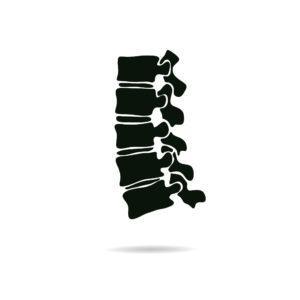kyphoplasty-for-spinal-compression-fractures

A kyphoplasty operation is an option for individuals suffering from debilitating vertebral compression fractures. The operation has three main goals:
- To prevent further damage to the fracture, which in turn will prevent spinal deformity or posture problems.
- To restore normal spinal alignment.
- To significantly reduce or eliminate back pain.
Kyphoplasty Surgery Basics
As is the case with almost any surgery, the earlier a kyphoplasty is performed, the better the chances of achieving desired correction and preferred results. A kyphoplasty is a minimally invasive operation that requires only a couple tiny incisions on a person’s back. Here’s a quick look into how a routine kyphoplasty is performed.
- The patient is placed on their belly on the operating table and either asleep or sedated with anesthesia.
- The surgeon makes two small openings in the spine (usually about a half an inch long), and specialized tubes are inserted directly into the fractured vertebrae. These are inserted via specialized X-ray imaging.
- Through each tube, the surgeon inserts a special balloon into the collapsed vertebra. Once the balloon is in place, they are inflated with a special liquid to re-align the vertebrae to the original height.
- The balloons are then removed and bone cement is inserted into the cavity that had been opened by the balloon inflation. The cement hardens almost immediately.
- The surgeon then removes his tools, closes up the small openings, and the patient is taken to a recovery room. The entire procedure takes about 30-45 minutes.
In most cases the patient can get out of bed and walk as soon as the anesthesia leaves their system. They’ll be given some minor painkillers as pain isn’t too debilitating after the first 48 hours. The surgeon will then walk the patient through some recovery guidelines, which will generally include:
- Rest
- Pain Medications
- Physical Therapy
Kyphoplasty Risks and Success Rates
According to medical data, patients undergoing a kyphoplasty procedure performed for compression fractures caused by osteoporosis achieved significant pain relief within two weeks post-op in roughly 90 percent of cases. The vast majority of people also report significant improvements in functional performance and spinal height restoration.
However, as with any surgery, it’s not guaranteed to go perfectly, and there are some risks involved. Some potential risks include: significant bleeding, nerve injury, spinal fluid leak, infection, paralysis, pulmonary embolus or a bad reaction to the bone cement. However, any of those complications only arise in less than two percent of all kyphoplasty operations, so the surgery is almost always very safe. A more common complication is a future compression fracture on another vertebral level. That occurs in roughly 10 to 15 percent of patients who undergo a kyphoplasty, however, the subsequent fracture is the result of weak vertebrae, not because of an issue with the first operation.
Kyphoplasty Surgery in St. Paul, MN
For more information about the procedure, or if you are looking into your options to address a spinal compression fracture in your spine, contact us about setting up a spinal consultation.